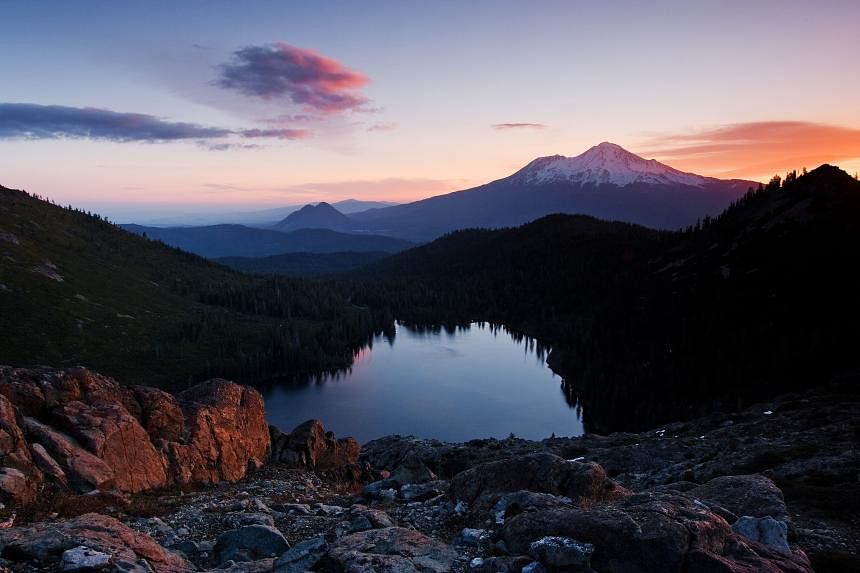SAN FRANCISCO – San Francisco is not what it used to be.
Once one of the most desirable places to live in the United States, it has seen an exodus of residents and businesses in recent years. The reasons remain fiercely debated, but the departures are often linked to soaring crime and homelessness, as well as the rise of remote work since the Covid-19 pandemic.
A third of downtown office space now stands empty, and retail chains such as Whole Foods, Nordstrom and Walgreens have shuttered their stores here, citing rampant theft and concerns over staff safety.
Swathes of the once-gleaming city by the bay – home to iconic attractions such as Fisherman’s Wharf, Alcatraz Island and the Golden Gate Bridge – increasingly resemble scenes from a post-apocalyptic film.
And this is one reason the city recently launched a US$6 million (S$8.1 million) campaign to boost its ailing tourism industry and image.
But even if you decide to skip downtown San Francisco and other blighted parts of the Bay Area, it would be a mistake to write it off completely. It is still a gateway to the most wildly scenic parts of California and one of the West Coast’s best-kept road-trip secrets.
My drive from the city to magical Mount Shasta takes in the charming farming towns of Siskiyou County over five days in November and offers a good reason to escape from San Francisco.
My trip is prompted by the need to pick up my new passport from the Singapore consulate in downtown San Francisco. Unfortunately, the visit gives one a taste of some of the issues mentioned above plaguing the city.
On the Bay Area Rapid Transit train, it takes half an hour to get to the consulate from San Francisco International Airport.
And after a chat with the lovely consular officer, who commiserates over how dreadful my new passport photo is and advises me to buy hand warmers for my wintry jaunt to Mount Shasta, I beat a hasty retreat back to the airport to pick up my rental car.
From there, I head to San Francisco’s Bay Bridge – a feat of engineering that is always fun to drive across.
Then it is about four hours by road to Redding, a popular base from which to explore the Shasta Cascade region, known for its spectacular mountains, forests, lakes and rivers.
Redding is a logical place to stop for the night, but I am not expecting it to be quite so pretty. It has the distinction of being the sunniest city in California, averaging 300 sunny days a year, even in chilly November.
It also has one of the world’s largest sundials. The Sundial Bridge is a 210m-long cable-stayed structure that arches dramatically across the Sacramento River, casting a giant shadow that moves about 30cm a minute. It is an unforgettable spot for a walk.
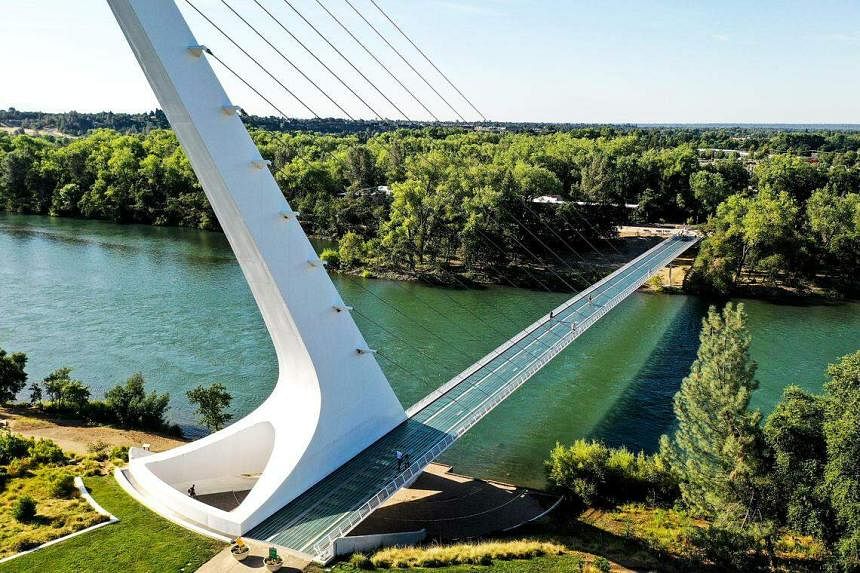
My real destination, however, is farther north and much deeper in the Shasta-Trinity National Forest, and it is thrilling when it finally looms into view.
California is not typically associated with volcanos, but that is precisely what Mount Shasta is. The 4,321m-tall, ice-clad behemoth is an active volcano, albeit one that last erupted about 3,200 years ago.
It is also a place of spiritual significance for many Native American tribes, mystics and others interested in the metaphysical, occasionally drawing Bigfoot hunters and unidentified flying object (UFO) enthusiasts as well.
The UFO stories may have something to do with the shape and height of the mountain, whose steep peaks spin warm air into lenticular, or lens-shaped, clouds.
These happen to look a lot like flying saucers and, if you are lucky enough to see one, there is no shame in pulling over to the side of the road to gawk.
For a taste of everything else the mountain has to offer, I do a tour with Ms Robin Kohn from Mount Shasta Fun Guide (mountshastaguide.com; from US$125 a person for a two-hour tour).
After meeting in the sleepy town at its base – home to shops selling healing crystals and health-food stores packed with Bay Area exiles – we drive up a winding mountain road to the Bunny Flat trailhead, which lies on the south side of the peak at an elevation of more than 2,000m.
From here, you can go climbing, skiing, hiking and snowmobiling.
But many people come simply to meditate and connect with the mystical through what are said to be the mountain’s many energy “vortexes” – places or portals believed to spark healing, spiritual awakening and personal transformation.
Ms Kohn takes me to one such spot in a grove of trees, and while I cannot claim to have experienced any of the above, the simple act of pausing and paying closer attention to one’s surroundings and senses is powerful.
Resting my fingertips on a dewy, moss-covered tree trunk, it is impossible not to feel a measure of tranquillity and connection with the natural world.
Off the mountain but close by are also two gorgeous alpine lakes – high-elevation pools known for their cold, clear and pristine waters.
Together, they make up one of the best hikes in northern California, offering views of Mount Shasta reflected in the smaller lake. I meet few other hikers on the moderately challenging 3.5km trail, which may require snow boots in the depths of winter.
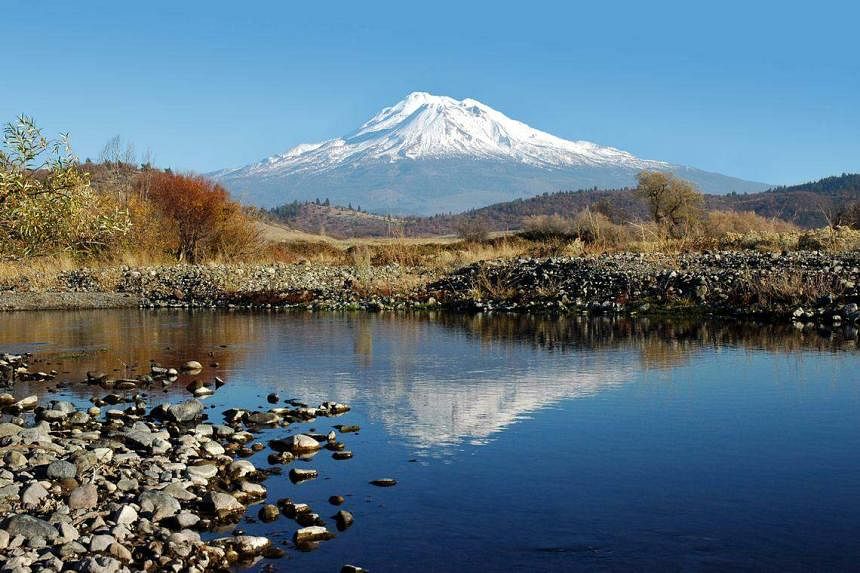
I arrive at the first, Castle Lake – set against the backdrop of the Castle Crags, a dramatic formation of granite spires – in the midst of a wintry downpour.
As it lifts, I am left half-sodden, and the snowy banks are cold, windy and slippery. But partially shrouded in fog, the mountain and the lake are ethereally beautiful.
And just when I think I cannot possibly see a more stunning view of Mount Shasta, I arrive at the smaller Heart Lake, tucked away in the rocky cliffs behind Castle Lake.
From here, the views of the mountain are unmatched, and I also get a good look at Black Butte, the cluster of lava domes next to it, and Mount McLoughlin, another volcanic giant to the north.

If you want something less physically taxing but with equally panoramic views, there is family-friendly Lake Siskiyou. The man-made reservoir is perfect for long, leisurely strolls and, if weather permits, picnics and kayaking.
I then drive an hour north to a less-touristed spot. Scott Valley is a beautiful and historic ranching and farming area that supplies many local eateries with delicious beef and other produce.
In the tiny town of Etna, Denny Bar Company (dennybarcompany.com) serves outrageously juicy burgers sourced from Jenner Family Beef – a five-generation family-owned and operated cattle ranch less than 10km away – along with chest-warming whiskies distilled on site.
Less than 15 minutes away by car in Fort Jones, Five Marys Burgerhouse (fivemarysburgerhouse.com) serves up dry-aged Angus patties which have also not had far to travel. The meat comes directly from the nearby Five Marys Farms, and both are owned by the Instagram-famous Heffernan ranching family.

All this is slightly off the beaten track, and from San Francisco, most travellers prefer to make a beeline for headline attractions such as Yosemite National Park in northern California or Big Sur on the Central Coast, both deservedly popular.
But one well-trodden spot that merits a closer look is Sequoia National Park, where the famous giant trees have staged a remarkable comeback since being devastated by wildfires between 2015 and 2021.
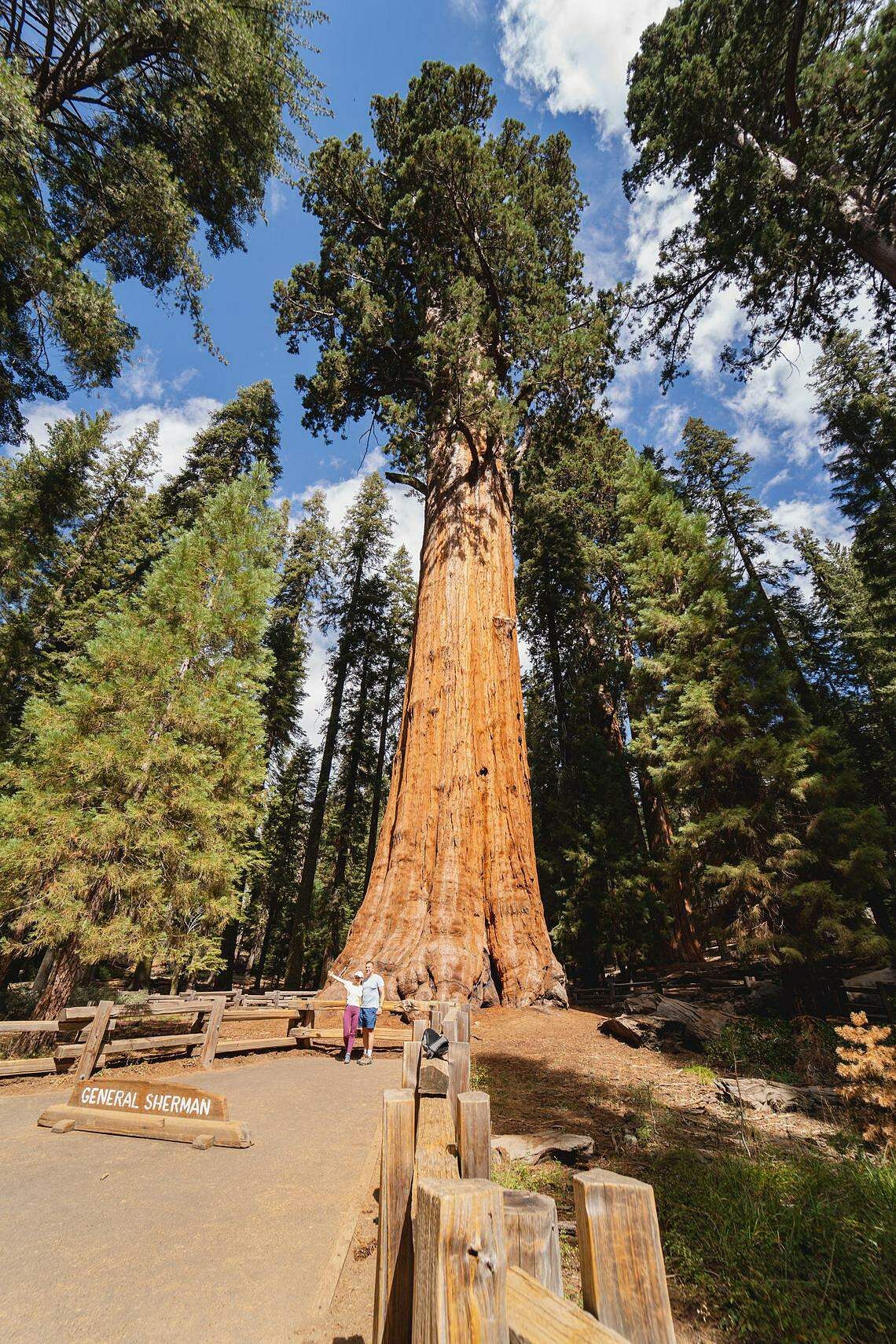
From San Francisco, I drive four hours south-east to the city of Visalia and spend the night before setting off bright and early for the park. Among its wonders are General Sherman, the biggest tree in the world by trunk volume, and the Tunnel Log, a fallen sequoia so huge you can drive your car through it.
But to fully appreciate what you are looking at, book a tour with the Sequoia Parks Conservancy (sequoiaparksconservancy.org; prices start from US$100 for one hour a person).
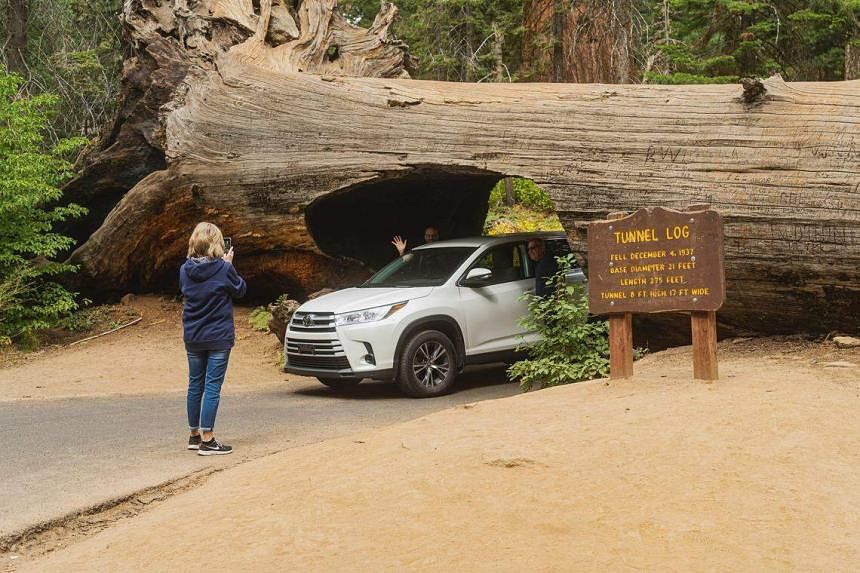
Walking through the heart of the park with nature guide Scott Reinhardt, I learn that these enormous trees actually need fire to grow and reproduce.
Wildfires, an essential part of their life cycle, opens up their cones and releases their seeds, which then sprout in the ashes. Eliminating wildfires completely for more than a century, as was done, caused a mass die-off of these trees.
As a metaphor for regeneration, it does not get more poetic than this literal rising from the ashes.
And I cannot help but think of San Francisco, a city that so desperately needs to do the same.
Getting there
You can fly direct to San Francisco on Singapore Airlines or United Airlines. The least expensive round-trip fares on United Airlines for the next few months start at $1,134.
Getting around
Car rental rates vary wildly, but comparison websites such as carrentals.com are a good place to start, especially if you book well in advance. You may need snow tyres and chains to drive through the Shasta Cascade region as well as Sequoia National Park at various times of the year. For Sequoia National Park, check with the National Park Service website (str.sg/iNnS) for updates and guidance before you go.
Where to stay
In Siskiyou County, you can spend the night in Redding, where rooms at the Sheraton Redding Hotel At The Sundial Bridge (str.sg/iNnq) start at US$287 a night; at the Visalia Marriott At The Convention Centre (str.sg/iNnc) from US$158 a night; and at the Inn At Mount Shasta (innatmountshasta.com) from US$139 a night.
- In Quest Of is a series on the joy of niche exploration. This story on San Francisco and West Coast road trips is the third instalment of Alison de Souza’s four-part series exploring the changing face of the United States and destinations off the usual tourist track. Next week: Nashville.
- The writer’s trip was hosted by the Shasta Cascade Wonderland Association, Visit Visalia and Discover Siskiyou destination marketing organisations.
